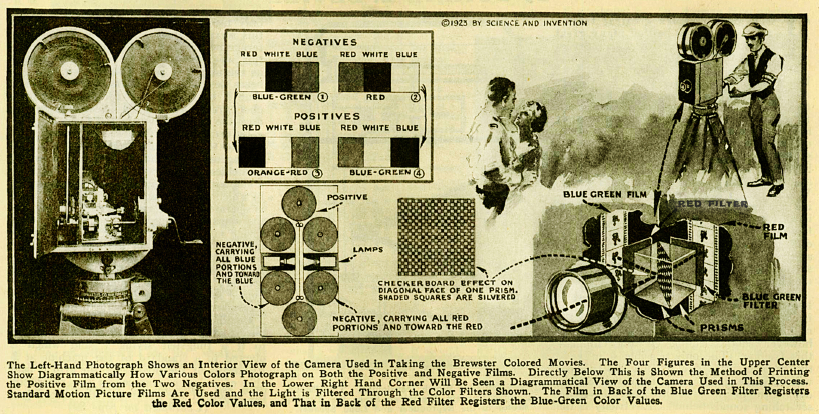AMIA Tech Review Review
OK, this is not a review, but a strong suggestion that you check out the second installment of AMIA Tech Review, an Association of Moving Image Archivists (AMIA) free online publication.
Here is some of what’s covered:
Tommy, The Who’s rock opera from 1975, was the predecessor to “modern multi-channel stereoscopic experience” and was the only film ever to be exhibited in Quintaphonic sound. Find out about its restoration in Tommy, Can You Hear Me? The Quintaphonic Restoration of a “One Hit Wonder.”
Legacy Analog Optical Recordings: Then and Now describes Aeolight “toe” recordings. This early sound-on-film recording technique was used on hundreds of Fox newsreels way after the industry began implementing more forgiving sound-recording technologies, for its feature films. “Fox-Case single system cameras went around the world to records clips that would otherwise be silent.” If you handle film with variable area and variable-density optical-sound tracks, check this out.
Note the article on Digital Cinema Projection: Digital Cinema Technologies from the Archive’s Perspective. It describes the process of how “D-Cinema” files are created and segmented, and offers a warning that once these generally encrypted cinema files are delivered to archives for long-term storage, the code or key that ensures their readability needs to be included as well.
The Visionary Archive Process describes a new, proprietary, digital-encoding system that enables color films traditionally archived on three separate strips of black-and-white film to be archived using two-thirds less film, since it removes the need for a separate strip of film for each color record.
Film Preservation at the Library of Congress Packard Campus for Audio Visual Conservation
Previous Post: Workshop on Personalized Access to Cultural Heritage
Next Post: Welcome to Moving Image Archive News






